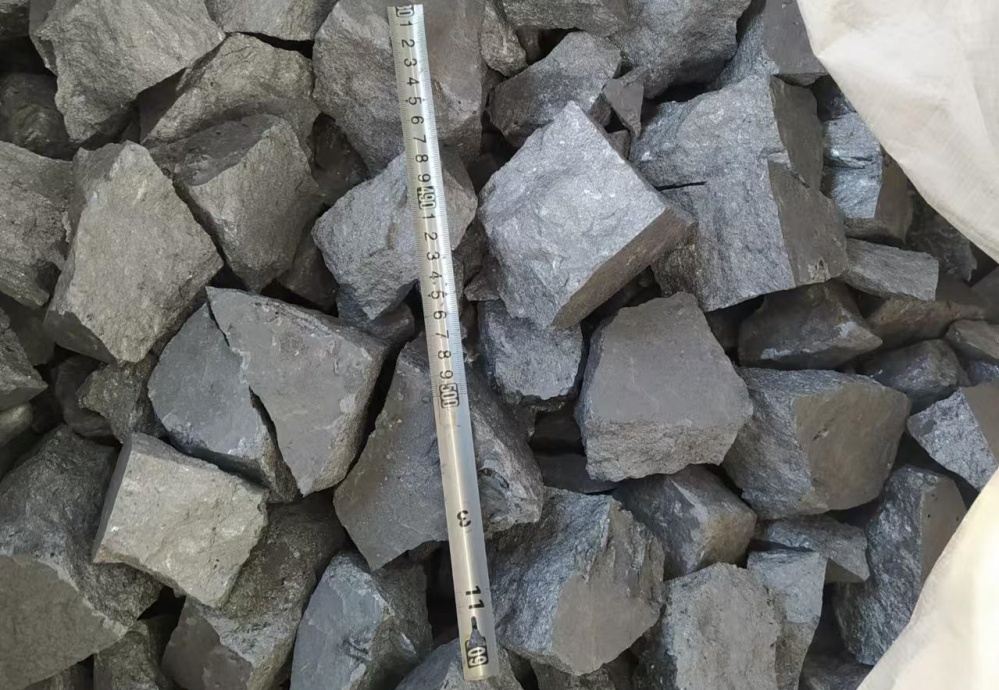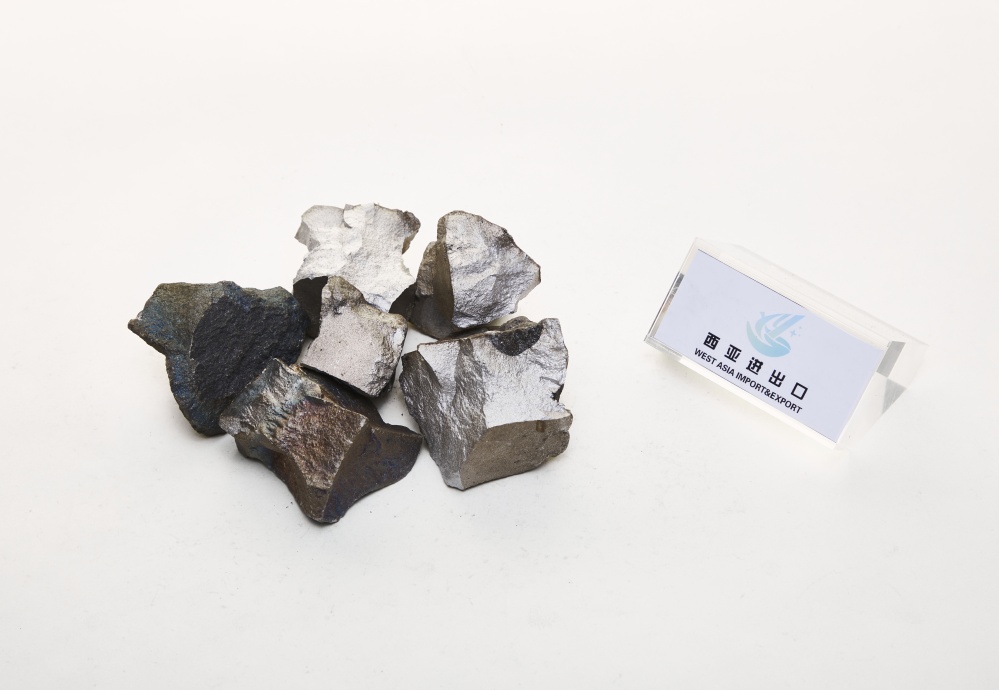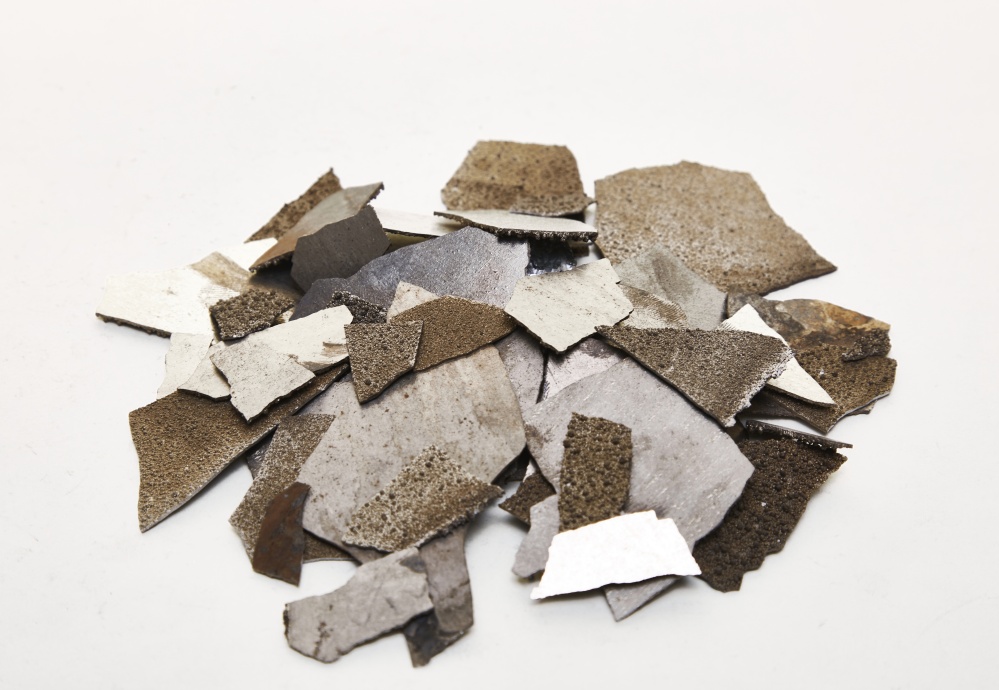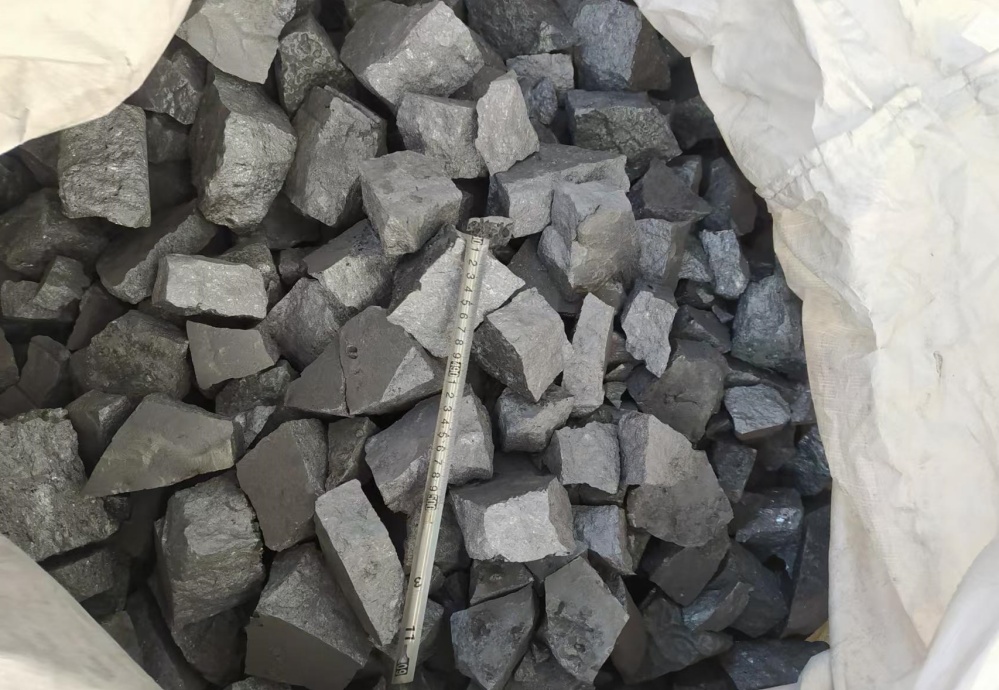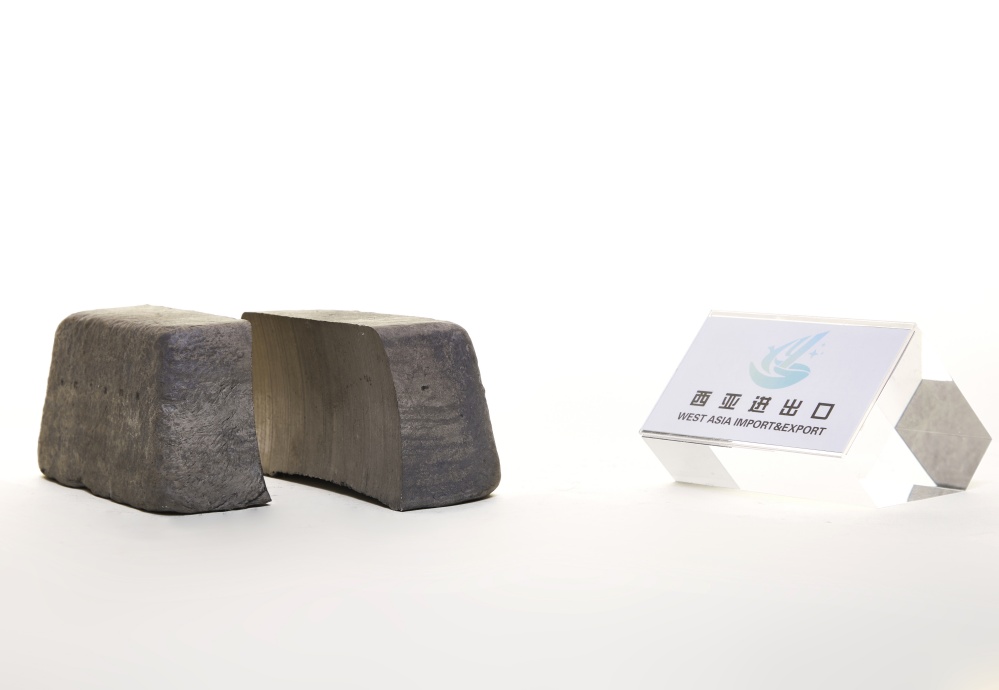The industrial layout of the silicon-based material industry in 2023
Silicon based materials are mainly used in fields such as silicon powder and electricity, and are very important for China's economic development. In recent years,China's transformation into a silicon-based material power. The following is the industrial layout of the silicon-based material industry in 2023.
Silicon based materials have the characteristics of high production technology difficulty, non-standard process, and high technical threshold. Currently, silicon based materials produced in China are mainly used for manufacturing power batteries and consumer electronic batteries. The industrial layout of the silicon based materials industry points out that in recent years, China's silicon based materials have been continuously developing, and the silicon based negative electrode market is experiencing rapid growth, with an expected significant increase in shipment volume.
.jpg)
Summary of Silicon Based Materials Industry Chain
The industrial layout of the silicon based material industry points out that in the silicon based material industry chain, upstream market are raw materials containing silicon elements; In the middle reaches, various silicon based materials mainly include silicon on insulators, silicon carbide, organic silicon, microcrystalline silicon, etc; The main downstream applications include semiconductor manufacturing, photovoltaic cell manufacturing, special glass manufacturing, and lithium electronic battery negative electrode manufacturing.
Upstream analysis of the industrial chain
Silicon metal is a product produced by smelting silicon ore and carbon reducing agents in a submerged arc furnace. Its main component is silicon, which is the main raw material for downstream photovoltaic materials, organic silicon materials, and alloy materials. According to data, China's silicon metal production in 2021 was about 2.23 million tons, a decrease of 20000 tons compared to 2020. Due to the increase in maintenance capacity in Xinjiang and the reduction of power supply in Yunnan, the production of metal silicon has declined. In 2022, the production of metal silicon reached 1.23 million tons, an increase of 28.4% compared to the same period in 2021.
Midstream analysis of the industrial chain
Silicon on Insulator (SOI) is widely recognized in the industry as one of the solutions to replace existing monocrystalline silicon materials in the era of nanotechnology, and is a major tool for maintaining Moore's Law. Silicon on insulator (SOI) refers to the substrate technology that replaces traditional bulk substrate silicon with an "engineered" substrate. It has been applied in specialized fields such as military and space electronic systems for over 20 years. Due to its excellent radiation resistance and high-speed characteristics, SOI has unique advantages in these fields. The industrial layout of the silicon based materials industry points out that the preparation technology of SOI materials ultimately includes two types, namely oxygen injection isolation technology represented by ion implantation.
Downstream analysis of the industrial chain
Semiconductors refer to materials with conductivity between conductors and insulators at room temperature. Most electronic products, such as computers, mobile phones, or digital recorders, are closely related to semiconductors as their core units. Data shows that in 2022, global semiconductor sales reached $435.56 billion, a year-on-year increase of 5.98%, and China's semiconductor sales reached $150.80 billion.
As an ideal negative electrode material, silicon based materials have a wide range of applications and can meet the downstream high energy density requirements. Hainan West Asia expects the market size of silicon based materials to reach 29.4 billion yuan by 2023.

